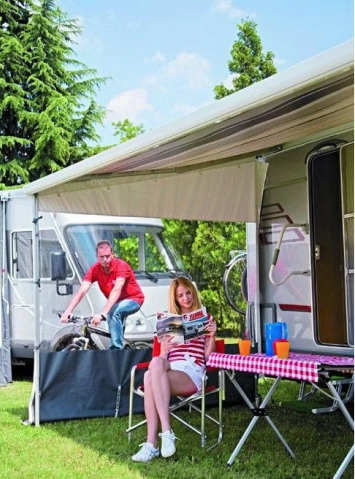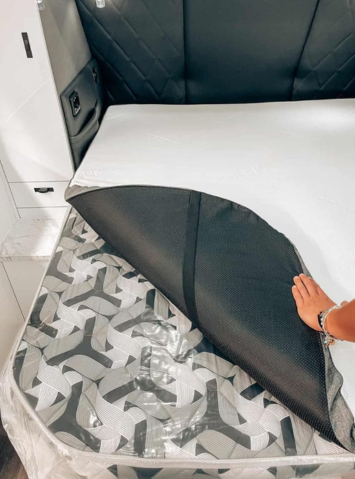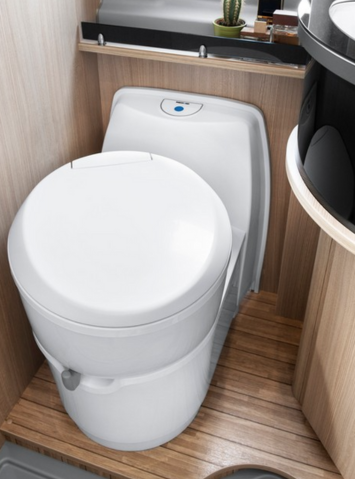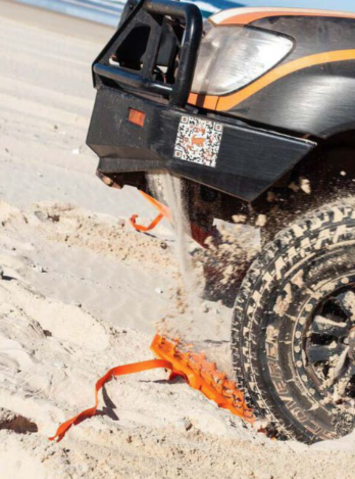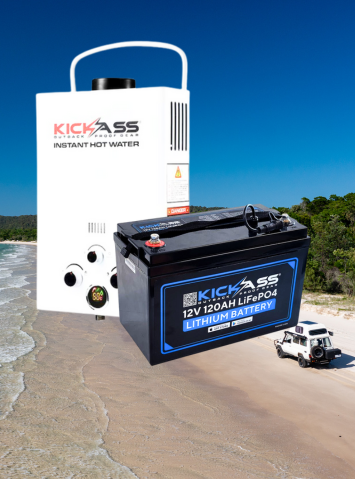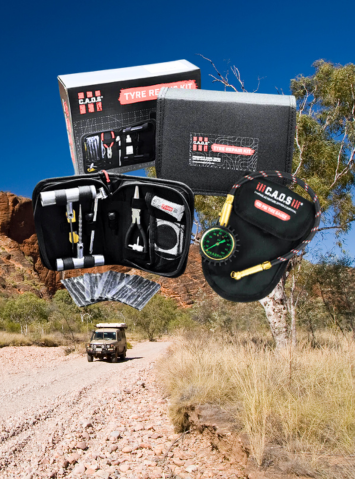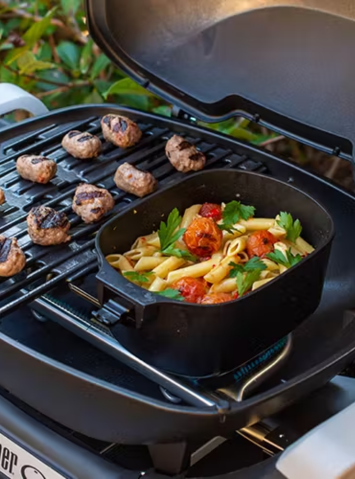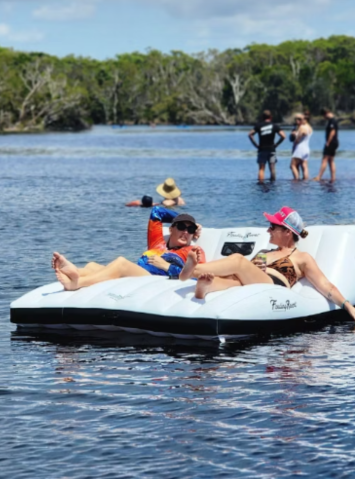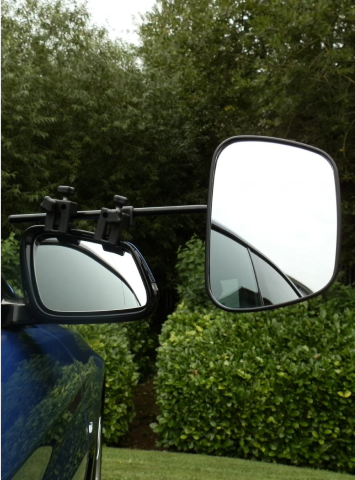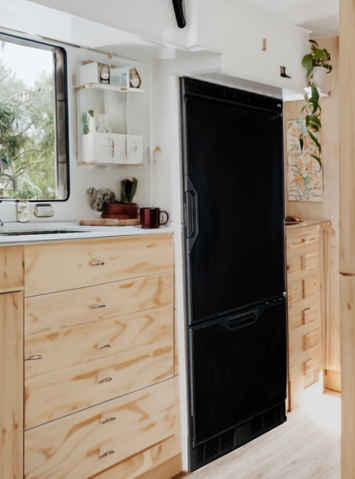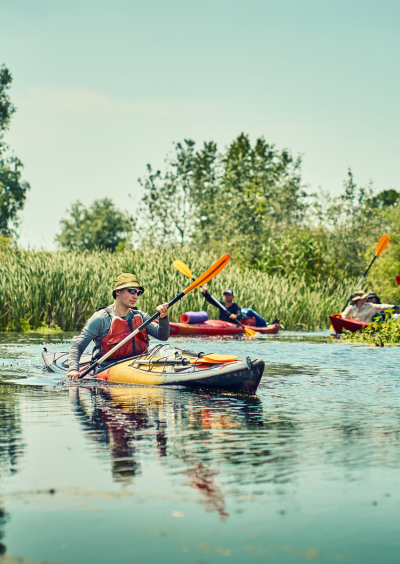All Camping Hiking Tents Products
Camping Hiking Tents
Are you planning to go on a camping trip or a hiking adventure? One of the most important pieces of gear you'll need is a good quality camping and hiking tent. With so many options available on the market, it can be overwhelming to choose the right one for your needs.
In this article, we'll guide you through everything you need to know about camping and hiking tents, from choosing the right type and size to setting up your tent and packing it up. Let's get started!
Types of Camping & Hiking Tents
Before choosing a camping hiking tent, it's important to consider the type that will best suit your needs. Here are the most common types of camping and hiking tents:
Dome Tents
Dome tents are a popular choice for camping and hiking because they are easy to set up and provide good headroom. They are typically made with two or three poles that cross in the center, creating a dome shape. Dome tents are available in various sizes and are suitable for families or groups of friends.
Tunnel Tents
Tunnel tents are designed with a long tunnel shape that is held up by several poles. They are easy to pitch and provide more living space than dome tents. Tunnel tents are ideal for families or groups of friends who need more space.
Geodesic Tents
Geodesic tents are similar to dome tents, but they have more poles that crisscross to create a stronger structure. They are ideal for camping in windy conditions and provide excellent stability. Geodesic tents are suitable for backpacking and camping in harsh environments.
Cabin Tents
Cabin tents are large and spacious, with walls that are nearly vertical. They provide plenty of living space and are ideal for families or groups of friends who want to camp in comfort. Cabin tents are also suitable for car camping because they are heavy and bulky.
Backpacking Tents
Backpacking tents are lightweight and designed to be carried in a backpack. They are typically small and compact, with a single pole or several poles that are easy to assemble. Backpacking tents are ideal for solo camping or camping with a partner.
Choosing The Right Size
When choosing the right size of tent for your camping or hiking trip, it's important to consider how many people will be sleeping in the tent and how much living space you'll need. A good rule of thumb is to choose a tent that is one size larger than the number of people who will be sleeping in it. This will ensure that you have enough room to comfortably sleep and store your gear.
Keep in mind that larger tents may be heavier and bulkier, which can make them more difficult to carry and set up. If you are backpacking or hiking, you may want to consider a smaller, more lightweight tent that is easier to carry and set up.
Setting Up Your Tent
Here are the general steps for setting up a tent:
Choose a level, cleared area: Find a flat, clear area to set up your tent. Remove any rocks, branches, or other sharp objects that could damage the floor of your tent.
Lay out the tent: Unfold your tent and spread it out on the ground. Make sure the door is facing the direction you want to enter and exit.
Stake the corners: Stake each corner of the tent by inserting the metal stakes into the ground at a 45-degree angle, leaving about 1-2 inches of the stake above the ground.
Assemble the poles: Assemble the poles according to the instructions provided with your tent. Once the poles are assembled, insert them into the sleeves or clips on the tent.
Raise the tent: Lift the tent poles up, starting from one end of the tent, until the tent is standing upright.
Secure the rainfly: If your tent has a rainfly, attach it to the top of the tent and secure it with the provided clips or ties.
Adjust the tension: Adjust the tension of the tent by tightening or loosening the guy lines, which are the ropes that attach to the tent and are staked into the ground.
Test it out: Once your tent is set up, test it out by gently pushing on the sides and corners to make sure it's stable and secure.
Tips for Choosing & Using Your Camping Hiking Tent
Camping and hiking are great ways to enjoy the outdoors and connect with nature. One of the most important pieces of gear for any camping or hiking trip is a tent. Here are some tips for choosing and using the right camping hiking tent:
Consider the size: As mentioned earlier, it's important to choose a tent that is the right size for your group. A larger tent may provide more comfort, but it can be heavy and bulky to carry. Conversely, a smaller tent may be lighter and easier to carry, but it may not provide enough space for everyone.
Choose the right style: There are different types of tents available on the market, each designed for specific needs. For example, a backpacking tent is usually lightweight and compact, making it ideal for hikers who need to carry their gear for long distances. A family tent, on the other hand, is usually larger and more spacious, making it perfect for car camping trips.
Look for quality materials: A good camping hiking tent should be made from durable and weather-resistant materials that can withstand harsh conditions. Look for tents made from high-quality fabrics such as nylon or polyester, and ensure that the seams are sealed to prevent leaks.
Test the setup: Before you head out on your camping trip, it's a good idea to set up your tent at home to ensure that you know how to do it. This will save you time and frustration when you arrive at the campsite.
Bring extra gear: It's always a good idea to bring extra gear, such as a tarp or rainfly, to protect your tent from the elements. This can help prevent damage to the tent and keep you dry and comfortable during your trip.
By following these tips, you can choose and use the right camping hiking tent for your needs and enjoy a comfortable and enjoyable camping or hiking experience.
